Staying Fit


As we age, keeping an eye on our cholesterol becomes increasingly important in order to reduce the risk of a heart attack or stroke. But not all cholesterol is harmful — the body actually needs it to build cells and produce essential vitamins. But there’s a catch: Your body makes all the cholesterol it needs. So, if your diet is high in saturated and trans fats — think butter and bacon — your cholesterol can creep up, putting your heart health at risk. However, just as there are foods that can raise your cholesterol, there are foods that can lower it. Read on to learn more about the different types of cholesterol and determine the best foods to eat to lower cholesterol, as well as those you should avoid.
What is cholesterol?
Cholesterol is a waxy substance that is essential for bodily functions. Your liver makes it, and it can also enter the body when you eat foods such as meat, fish, eggs and milk. Scientists recognize two types: low-density lipoprotein (LDL) or “bad” cholesterol, and high-density lipoprotein (HDL), known as “good” cholesterol. Elevated LDL cholesterol levels can accumulate in our blood vessels, leading to the formation of plaque and increasing the risk of a heart attack or stroke. In contrast, higher levels of HDL cholesterol can lower the risk of heart disease and stroke by absorbing cholesterol in the blood and transporting it back to the liver, where it is processed out of the body.
Foods that lower LDL cholesterol
1. Raspberries

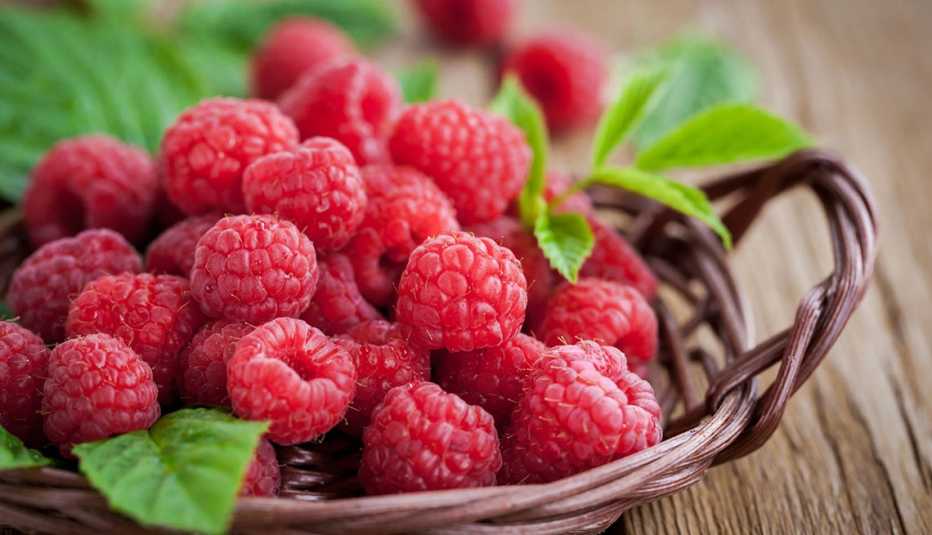
For all their candy-like sweetness, raspberries pack a mean health punch by knocking down LDL cholesterol levels and raising HDL levels. Researchers speculate that these favorable effects come from high levels of naturally occurring antioxidants called polyphenols — the compounds that give berries their bright color.
Tip: When you choose raspberries, look for ones that are fully ripe. Unlike many other fruits, raspberries do not ripen after they are picked.
2. Barley

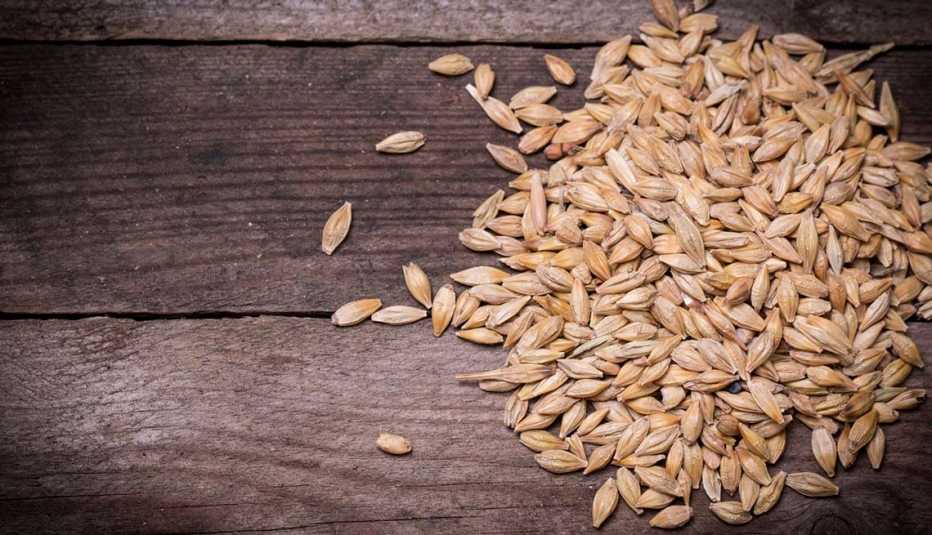
This grain contains a powerful type of soluble fiber, beta-glucan, that helps keep cholesterol levels in check by effectively lowering LDL cholesterol without affecting HDL. It works by preventing the body’s absorption of cholesterol from food. Look for minimally processed pearled barley, the variety most commonly found in supermarkets.
Tip: Use this versatile grain as a substitute for rice; mix it with grilled corn and top with a vinaigrette dressing for a refreshing salad; or add it to creamed soups for a fiber boost.
3. Avocados

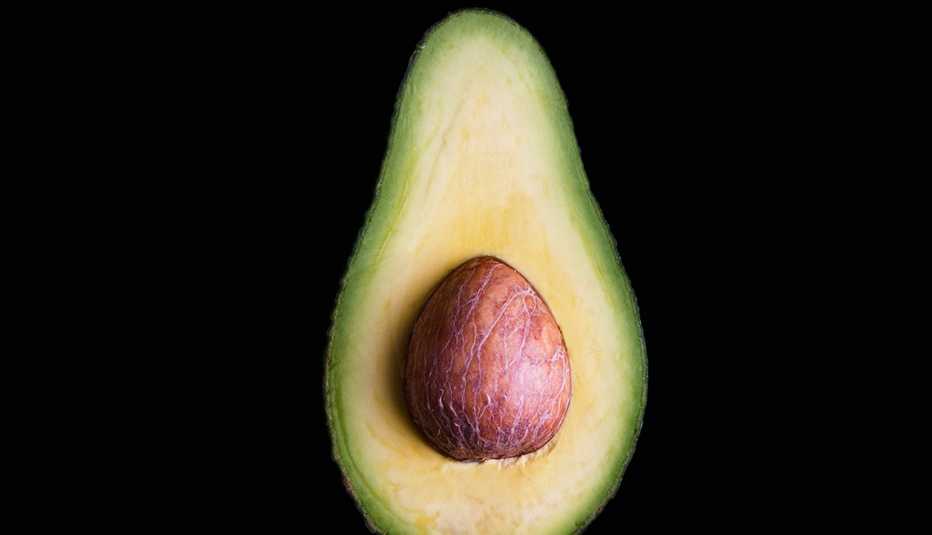
This silky-green fruit contains significant amounts of oleic acid, a healthy monounsaturated fat that helps boost good cholesterol and lower bad. Avocados are also rich in fiber and a plant chemical called beta-sitosterol, both of which help keep cholesterol in check.
Tip: Avocados significantly increase absorption of immunity-boosting antioxidants found in fruits and vegetables. Add a couple of slices of diced avocado to your next salad.


AARP Membership— $12 for your first year when you sign up for Automatic Renewal
Get instant access to members-only products and hundreds of discounts, a free second membership, and a subscription to AARP the Magazine.
4. Lentils

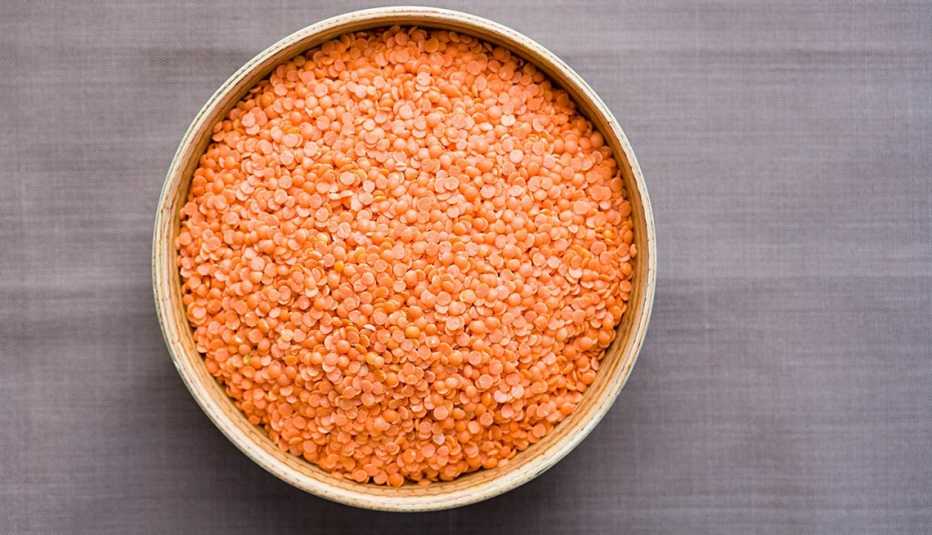
One reason to love lentils is their cholesterol-busting fiber. The soluble fiber in lentils forms a sticky substance that traps cholesterol and helps move it out of the body. Lentils and their kissing cousins, black-eyed peas, kidney, lima and navy beans, come by their reputation as heart protectors with good reason.
Tip: Lentils sop up flavor like a sponge. Mix cooked lentils with some olive oil, balsamic or red wine vinegar, crushed garlic and parsley. Let stand for half an hour to meld the flavors, then spread on crackers.
5. Edamame


These young green soybeans with a buttery sweet taste are a protein powerhouse, rich in soluble fiber and high in isoflavones, a plant compound that brings down total blood levels of cholesterol. To cook fresh edamame, boil in lightly salted water for 3 to 5 minutes, cool by plunging into ice water, then drain.
6. Nuts

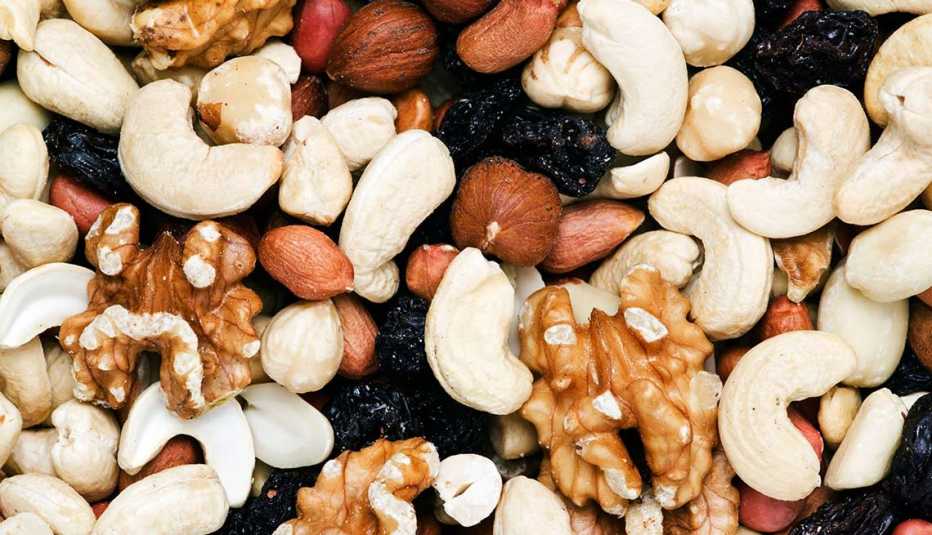
About 80 percent of calories in nuts come from fat, but it’s healthy unsaturated fat, not the artery-clogging kind. Nuts also are high in plant sterols, substances that block the absorption of cholesterol. Given these advantages, nuts are a natural for a heart-healthy diet. About an ounce and a half to two ounces a day should do it. Walnuts, almonds, hazelnuts, pecans and pistachios all confer benefits. So do peanuts, although they’re technically a legume and not a nut.
Tip: Put a bag of unsalted nuts in a convenient spot in the kitchen, so it’s easy to grab a handful as you head out the door.





























































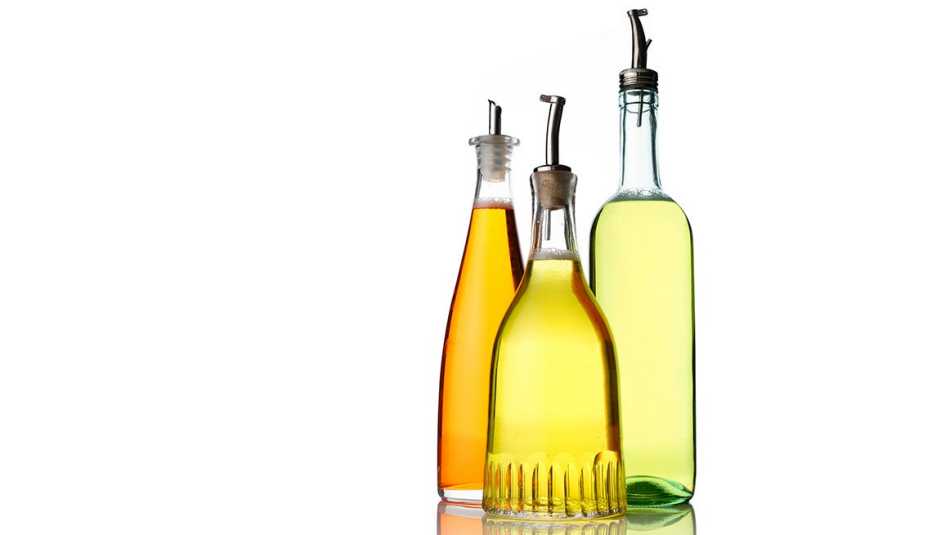

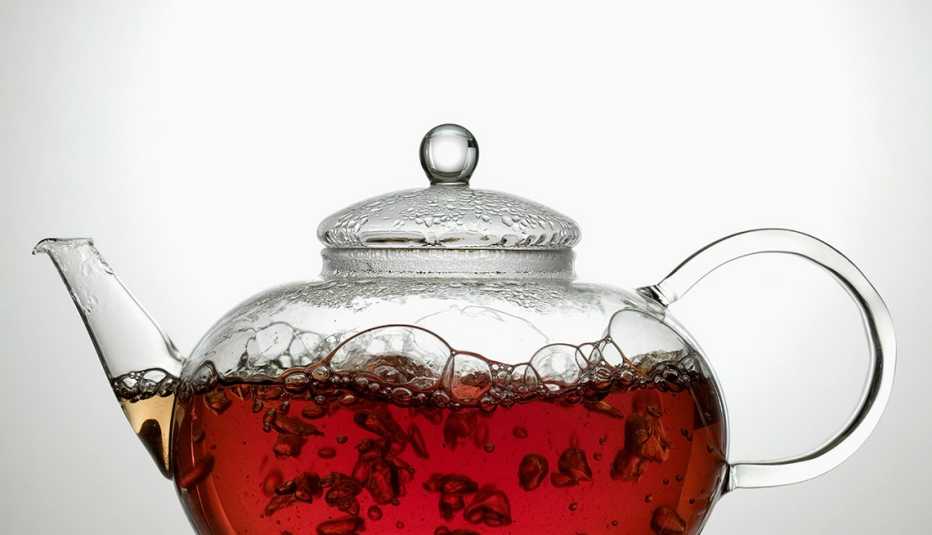
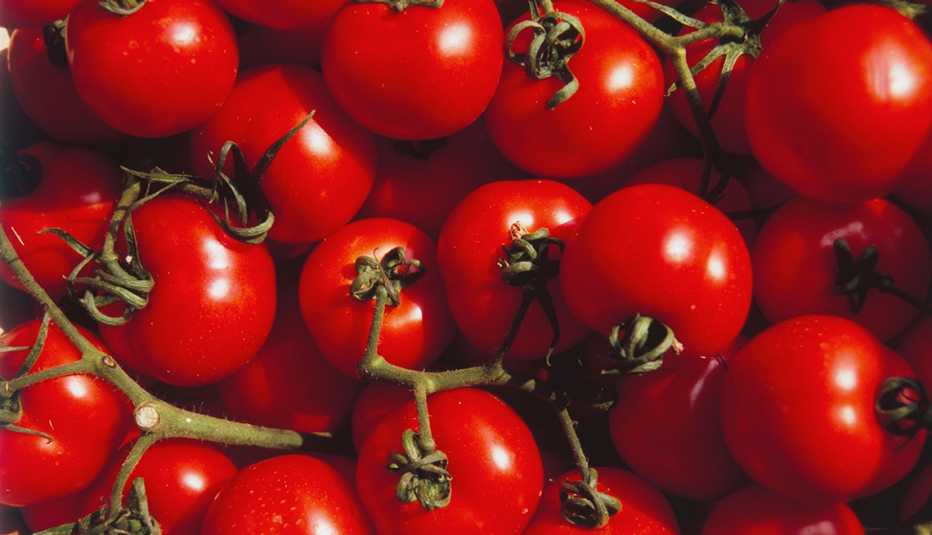
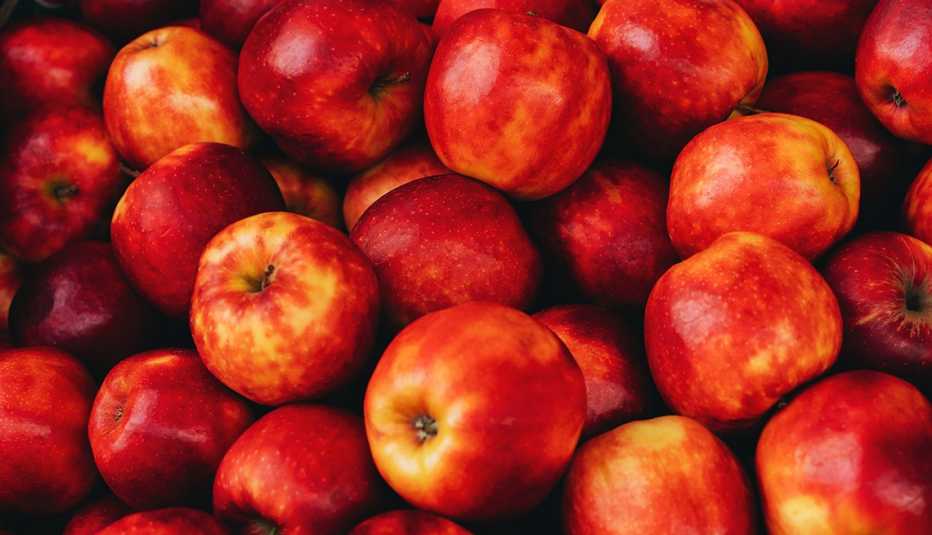


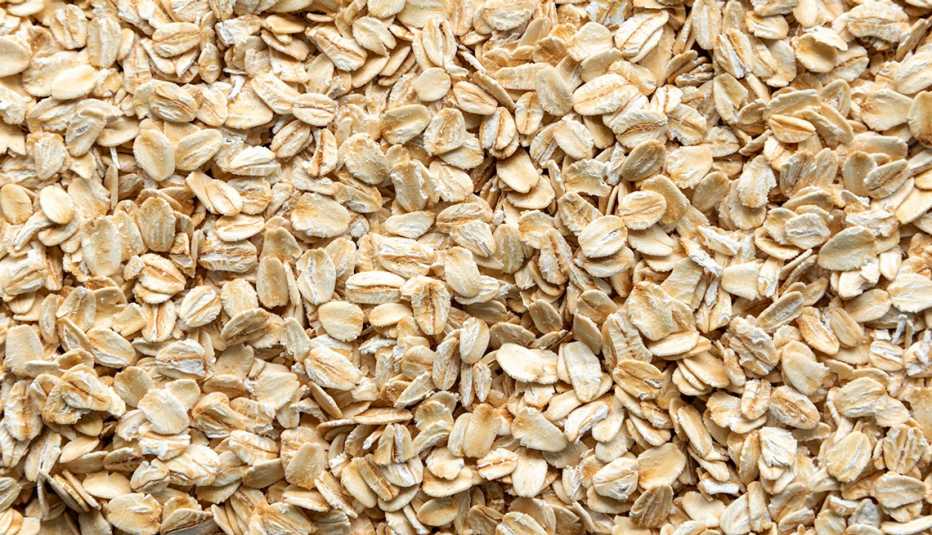






More on Healthy Eating
What is a Plant-Based Diet?
The term may sound trendy, but really this eating style has been around for millenniaWhat Is Actually Good for Your Gut?
Find out what actually helps improve your gut microbiome
What Is the MIND Diet?
The eating plan can give your brain a boost